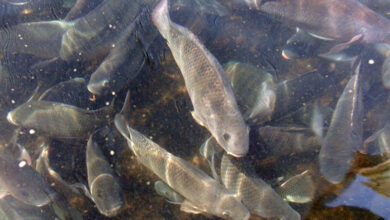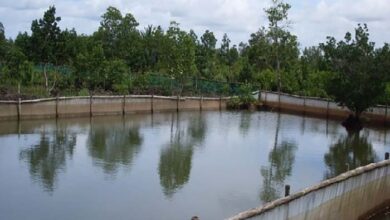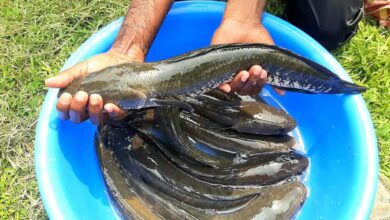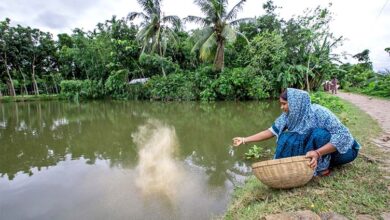The Padma Bridge has significantly improved the transportation of fish from the south-western districts of Khulna Division, enabling the swift movement of over 140 metric tons of fish to various parts of the country every day. In the 2022-23 fiscal year, the total fish production in this division reached 756000 metric tons, a notable increase from the 731000 metric tons produced in the previous fiscal year, as reported by Raj Kumar Biswas, the Assistant Director of the Directorate of Fisheries for Khulna Division.
Within the ten districts of Khulna Division, the breakdown of fish production includes 620000 metric tons of white fish, 115000 metric tons of shrimp, 10000 metric tons of crab, and 11,000 metric tons of other fish varieties. This impressive output is the result of fish being cultivated in various types of water bodies, such as 243000 ponds for white fish, 1,10,000 ghers (enclosures) for Galda or freshwater prawn (M. Rosenbergii), 112000 enclosures for Bagda or Black tiger shrimps (P. Monodon), and 120000 enclosures for mixed fish, according to the divisional fisheries office.
The Padma Bridge has not only facilitated the transportation of fish but has also brought positive impacts on the livelihoods of fishermen in the region. The government has been actively supporting and training fishermen to enhance fish production further. As a result, the bridge has encouraged young entrepreneurs to enter the aquaculture industry in the south-western districts of Khulna Division, propelling the region to a leading position in fish production, as expressed by the fisheries department Assistant Director.
The benefits of the Padma Bridge are evident in the accounts of local fish farmers. Mahtab Uddin, a gher owner from Dumuria upazila, shared that before the bridge connected Khulna to Dhaka by road, transporting fish through river ferries caused delays and significant losses, with a considerable portion of white fish and shrimp rotting during the journey. However, since the opening of the Padma Bridge route, such losses and delays have been eliminated.
Before the Padma Bridge, transportation between the south-western division of Khulna and Dhaka was solely reliant on river ferries, leading to long queues of vehicles and travel times of up to 12-16 hours just to board the ferries, let alone reach the destination. The bridge has now alleviated these challenges, providing a crucial link for the transportation of agricultural produce, fish, and other commodities from this region to the rest of the country.





